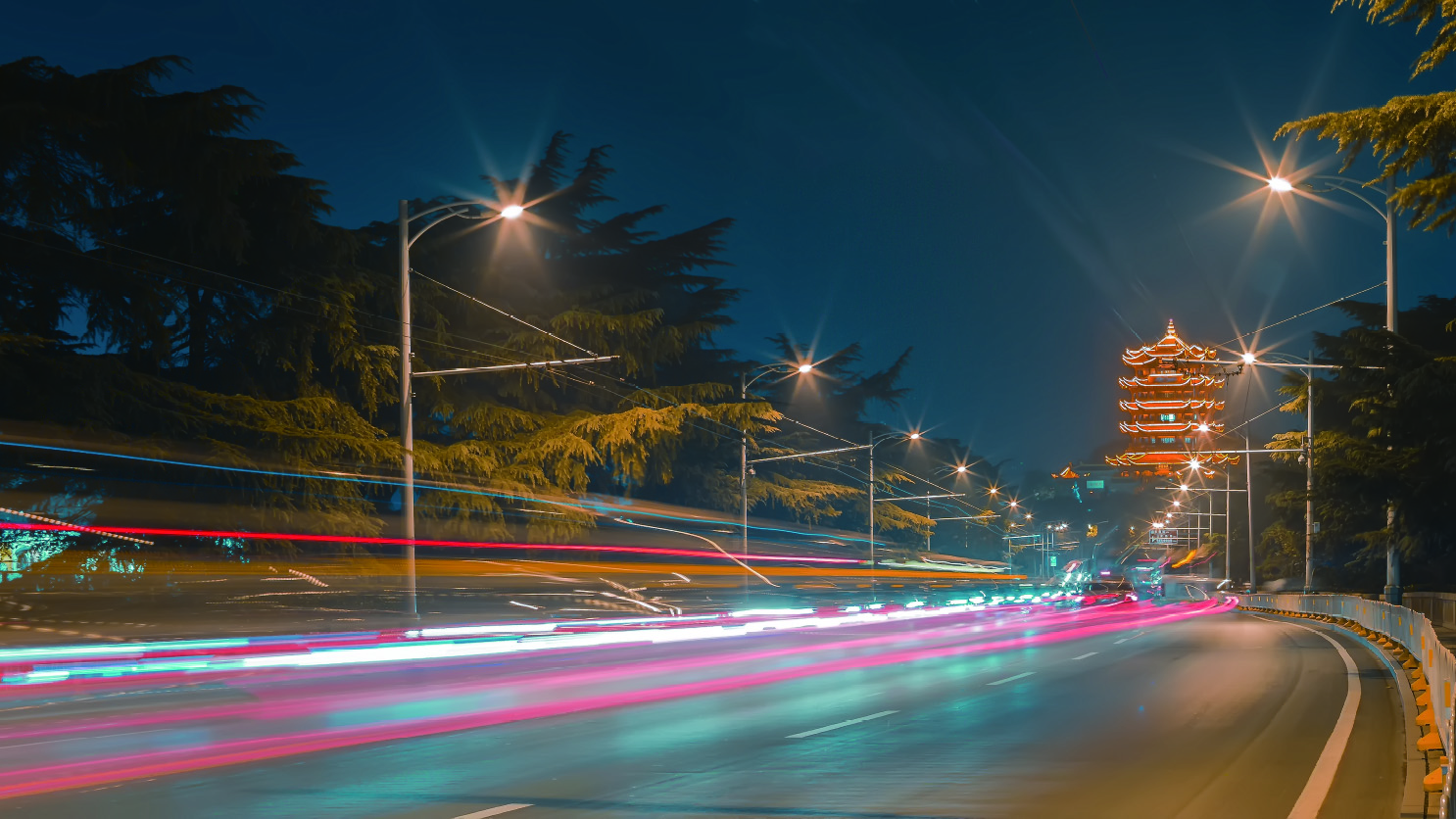Looking for the most efficient light for the streets?
So you’re not a lighting engineer or a horticulturist, but you have an instinctive ability to know the ideal outdoor lighting requirements. However, you must determine whether the initial expense of purchasing the new LED lighting fixture is reasonable, and is it truly superior to the traditional sodium street lights you grew up with?
Solar LED lights are now widely used throughout the world. Everyone wants to go greener, with zero electricity costs and a lower carbon footprint.
So, whether you’re a lighting specialist, a contractor, building maintenance, or a homeowner interested in learning more about LED lighting versus HPS lighting, this article is for you.
In this article, we will discuss the differences between LED and HPS street lights in terms of characteristics, performance, efficiency, pricing, and warranties. Continue reading!
High-Pressure Sodium street lights
High-Pressure Sodium (HPS) street lights are among the most common types of street lights found today. They emit a distinct yellow-orange, monochromatic glow.
Many HPS lights can still illuminate large areas, manufacturing sites, motorways, parks, and parking lots. They are also often used as plant grow lights. However, HPS street lights rapidly replace more efficient and environmentally friendly LED lights.
If you’re asking why many HPS lights haven’t been removed yet, it’s because they still provide some benefits to the community.
- HPS street lights are the most energy-efficient among other types of street lights (about 7 times more than incandescent lights, 2 times more than mercury vapour lights).
- The warm-up period is shorter than other lamp types (3 to 4 minutes) such as mercury vapour and metal halide.
- longer life expectancy (24,000 hours).
- Cheaper cost
- More lumens per watt than older street light kinds.
- A wide range of lighting brightness and wattage is available, ranging from 35 to 1000 watts.
- Excellent for plant growth.
However, HPS street lights have some disadvantages.
- Does not reflect the colour of objects accurately.
- A transformer/ballast is required for voltage and current regulation to enable start-up and operation.
- It takes a few minutes (5 to 10 minutes) to attain full brightness.
- It takes one minute to cool down.
- At the end of its life, it emits a reddish colour.
Light Emitting Diode (LED) street lights
An LED street light is a better street lighting alternative that is greatly preferred in today’s effort to keep up a more eco-friendly lifestyle. This is because integrated LED street lights consume less energy, require less maintenance and operation than outdoor lighting.
Furthermore, LEDs are 50% more efficient than typical sodium street lights and have 20-25 years of life expectancy. This is why most of the world’s population is switching to LED outdoor lighting.
LED bulbs emit a distinctive bluish-white light. Newer LED street lights provide amber-coloured or yellow-warm light that is more animal-friendly and produces less light pollution.
What Benefits Do LED Street Lights Offer?
- In comparison to other types of street lighting, this style has the longest lifespan (50,000 to 100,000 hours)
- Minimal heat emission
- Directional illumination (over 180 degrees, unlike other lights with 360 degrees light direction)
- Simple to warm up and switch on and off
- Unlike HPS, it does not release UV rays
- Low-cost maintenance
- Low-cost operation
- Used in intelligent solar street lighting, where the brightness can be adjusted automatically.
There is only one drawback the LED lights have, and they are a little pricey upfront compared with other street lights.
Today, solar street lights, smart integrated LED street lights, all-in-one solar street lights, and adjustable LED street lights are the best options for intelligent, energy-efficient, and cost-effective solutions.
Smart LED street lights include automated dimming and brightness control, and you may customize their illumination modes to meet the needs of your neighbourhood. They are also ideal for parks, parking lots, traffic lighting, walkway lighting, walkers, and gardens, among other applications.
As a result of the facts mentioned above, we can conclude that LED street lights are significantly superior to HPS street lights in various aspects.




